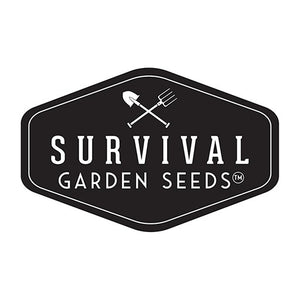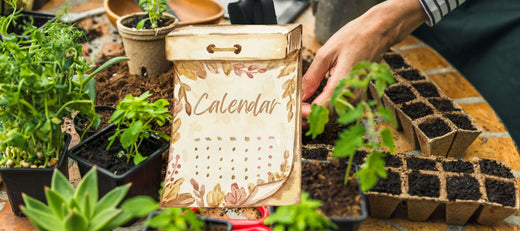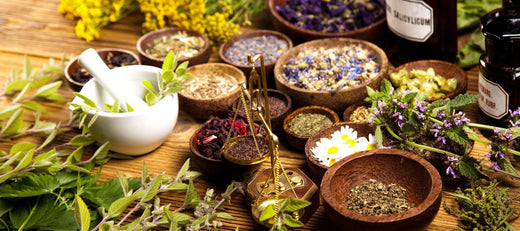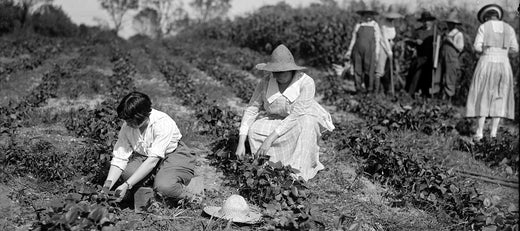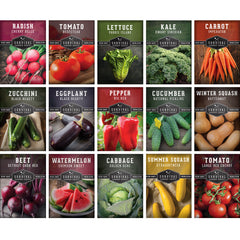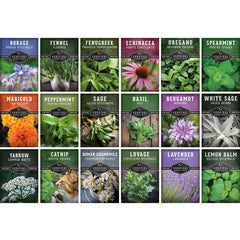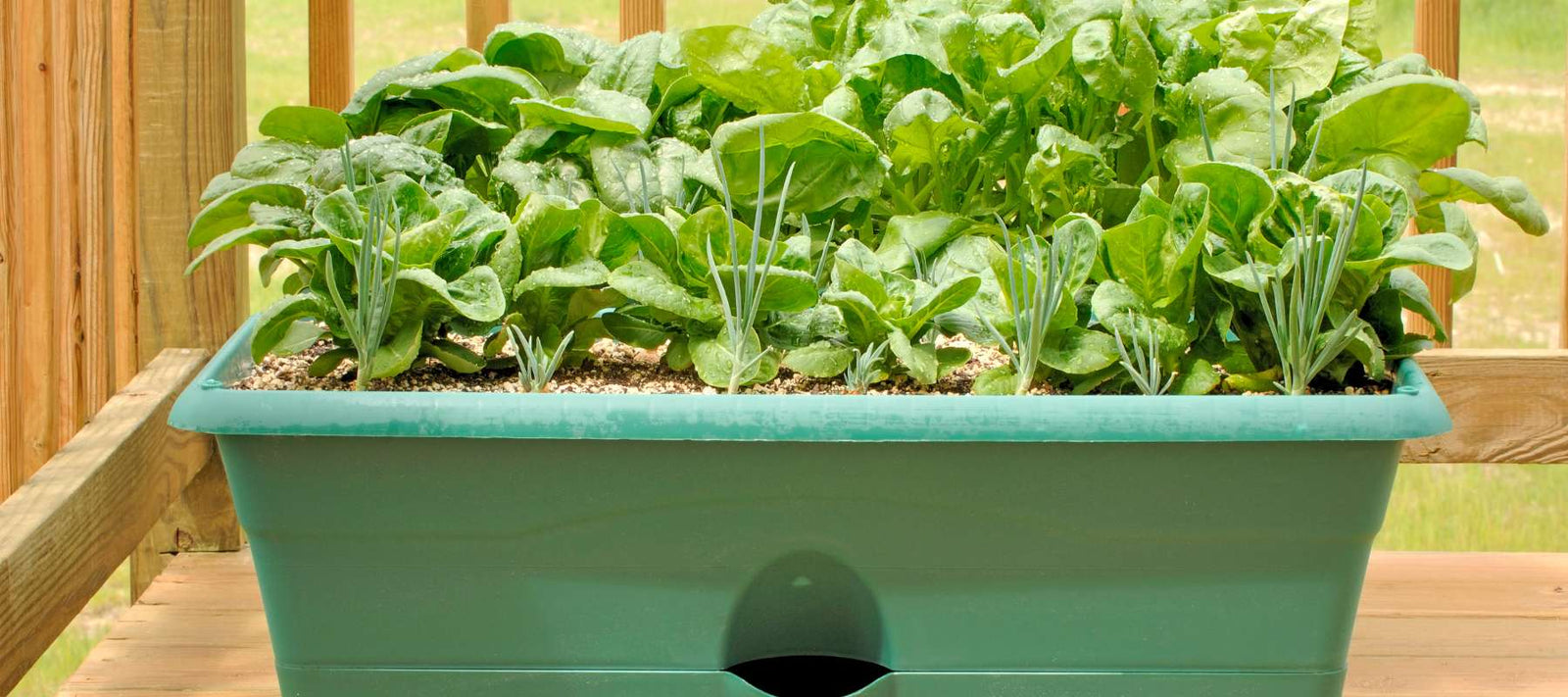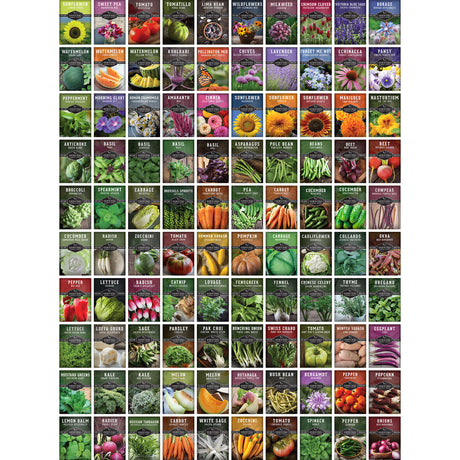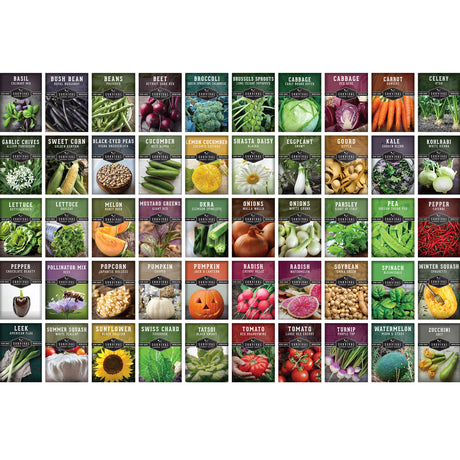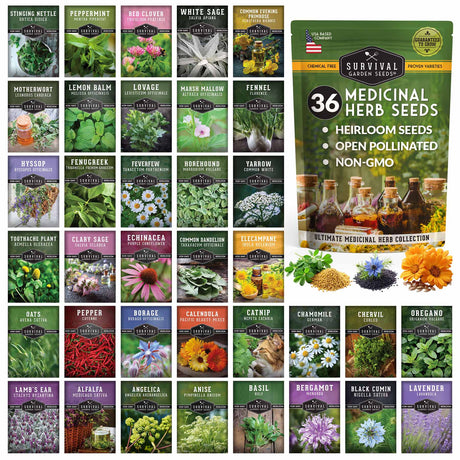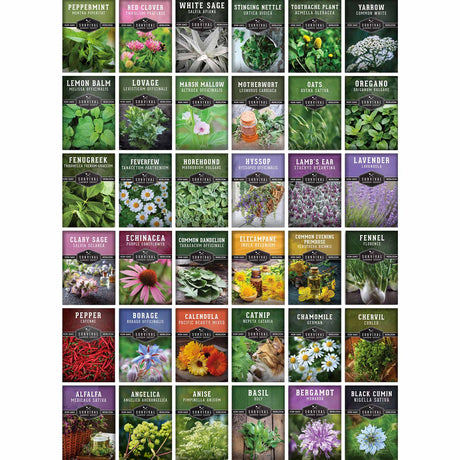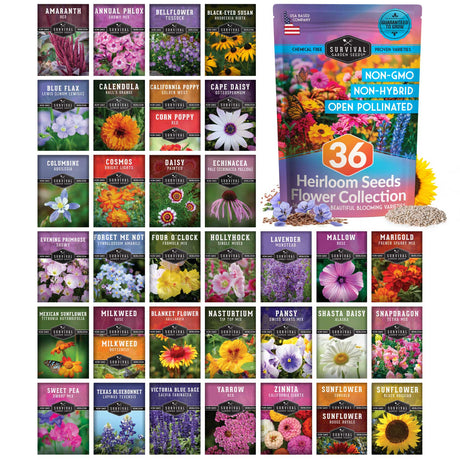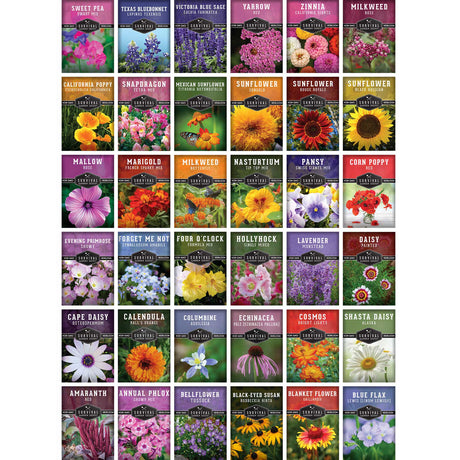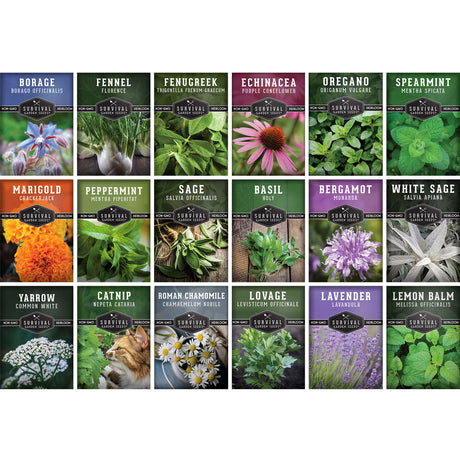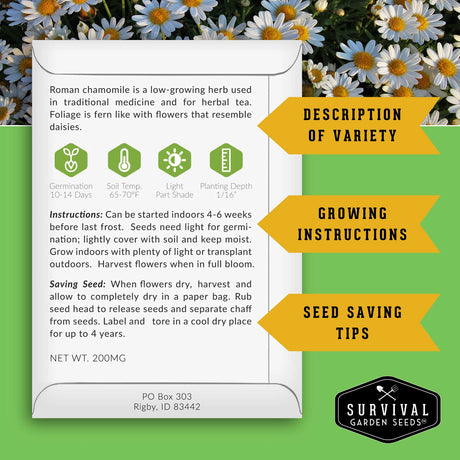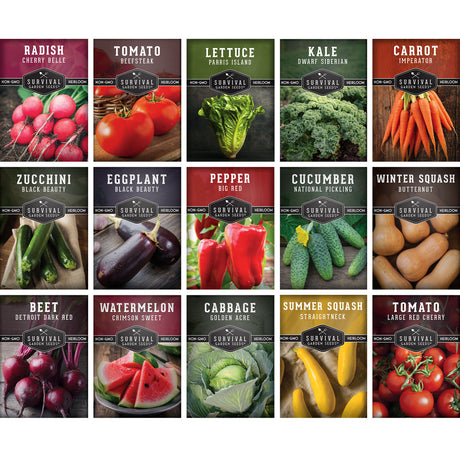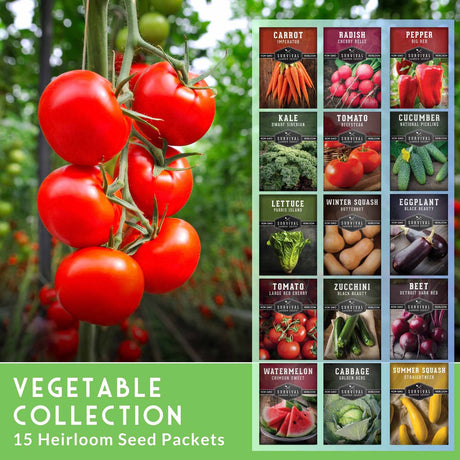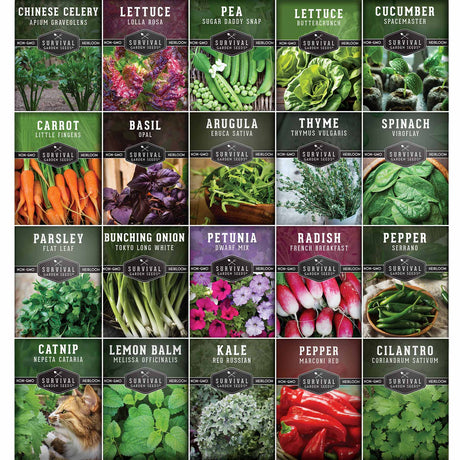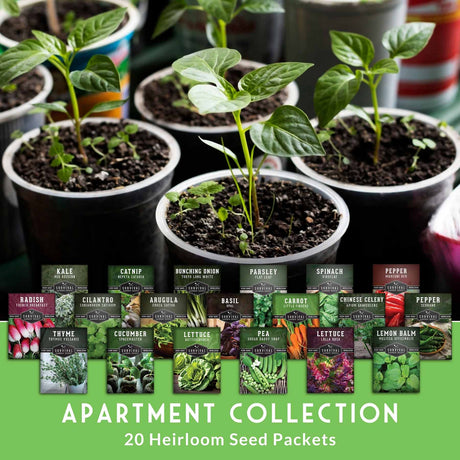Growing Maximum Food in Minimum Space (and Time)
When you are just starting out with survival gardening, it can feel a little bit overwhelming. This is especially true if the stakes are high; say you’ve lost a significant source of income and you’re definitely needing some relief for your grocery bills. Luckily, there are some ways to jump-start a Victory garden even if you don’t have much space to grow. Let’s take a look at what vegetables do well in containers, how to make the most of small spaces, and how to emergency garden in a crisis.
New here? Start with Part 1 of our Survival Gardening series to learn about microgreens and soil building.
Vegetables That Thrive in Containers
Focus on the crops that are the best return on investment (ROI) first. You may be tempted to dive straight into commodities, thinking that options like wheat and sugar are the best choices. Don’t misunderstand: these are important crops that form the foundation of many foods we eat on a daily basis. But they also are resource intensive. When you’re just getting started, you don’t need to procure acres of land for something that’s still relatively cheap compared to the investment laid out to grow it. Try to get the best bang for your buck by focusing on fresh foods that you can get a lot of return in a small space. Think about the price of a clamshell of salad greens and compare it to the price of seeds. Tomatoes, peppers, and green beans are other examples of small-space friendly crops that will thrive in a small container vegetable garden on your patio or balcony.
Containers are usually fairly easy to come by. You can grow in bags, plastic containers, planters, or anything that’s food safe. You may need to add holes in the bottom of any repurposed buckets or storage containers to ensure good water drainage. A power drill can help, or you can even use a hammer and nail for softer plastics. Tomatoes and peppers need a lot of space for their roots to develop, so look for 5 to 10 gallon sizes for those plants, or opt for dwarf varieties like Tiny Tim or Habaneros. Fill them up with a soil mix, either premade or mixed yourself.
Vertical Growing Techniques
Small space gardening requires you to think about all the dimensions of your space. If you feel that your patio or balcony is getting cramped with too many containers, reframe your thoughts. Think of growing UP rather than OUT. Vertical vegetable gardens can provide an amazing amount of food in a small space, but they do require some extra work to set up supports and train plants to grow along them. The payoff is worth it, we promise. Trellises, stakes, and hanging baskets are your friends. Just like with containers, you can make your own vertical supports out of whatever you’ve got available. Coat hangers, clothes lines, and wire shelving will work just fine. Good crops for vertical gardening include fairly compact vines like peas, beans, cucumbers, and squash.
The $20 Salad Garden

Salad greens are some of the fastest growing, easiest crops to grow. They’re also fairly expensive comparatively in the grocery store. For $20, you can create your own cut-and-come again salad garden. We have a greens collection and a lettuce collection of seeds for $10. A couple of basic containers or trays plus a small bag of potting mix is all you need. That $20 investment can produce $200 worth of salad greens over 3-4 months, and you’ll be eating fresher, healthier greens to boot.
If you succession plant new seeds every 2 weeks, you’ll always have fresh greens at different stages from baby to fully mature. Don’t harvest the whole plant, but rather cut the outer leaves so it keeps producing. A mix of varieties can include fast growers like arugula and leaf lettuce with slower to mature varieties like romaine or iceberg to give you a wide range of options.
Emergency Gardening in a Crisis
Don’t panic if you’re ever in a situation where you have to get your garden growing quickly. In a perfect world, you’d already have a thriving garden with plenty to harvest. Emergency situations are by definition not ideal. You may have a lot of time on your hands, but not many resources. Make the most of what you’ve got. You’ll be surprised at how much you can succeed, even if you’re a complete novice.
The 30-Day Garden Plan
When you’re out of cash and living on canned goods and dried beans, getting some fresh food can be a huge morale boost. Focus on that first, then plan for calories later. We’ve already discussed how microgreens are the fastest turnaround for vitamins and fresh flavor. You can also plant some fast maturing vegetables like Cherry Belle or French Breakfast radishes, which are ready in about a month. Don’t forget to eat the leaves! For quick maturing lettuces, try Black Seeded Simpson, Oak Leaf, and Salad Bowl types, which should be ready in about 45 days. Other options that mature quickly include arugula and spinach (Bloomsdale, Viroflay) which can be harvested within 30 days as baby greens or allowed to fully mature in around 50-60 days.
These crops won’t provide enough calories to sustain you long term, so you will likely want to plant some long term calorie dense crops too. Calorie crops like lima beans (60 days), potatoes, and sweet potatoes (90 days) will be developing while you’re eating your radishes in week 3. By gardening this way, you’ll have quick wins for hope, but you’re planning for the long haul from the very start. Seeds will get you started for things like winter squash and beans. For potatoes and sweet potatoes, you can actually cut up and grow from your current pantry stash, or you can get some seed potatoes or slips to grow.
Growing Food Indoors Without Sunlight

Indoor growing can supplement your diet even though it won’t replace outdoor gardening. Every single tomato helps when you’ve got a food crisis. You can convert your closet or basement into a growing space. Add a small fan for air circulation and make sure the temperature stays around 60 to 75°F. As far as light goes, basic LED shop lights are affordable and work just as well as fancy grow lights. Look for full-spectrum bulbs for best results.
Even without supplemental light, you may be able to grow some crops if you’ve got a south-facing window. Lettuce, spinach, cilantro, and microgreens are shade tolerant and can provide you with extra nutrition right from your windowsill.
Foraging Your Neighborhood (Safely)
While you’re waiting on your crops to grow, you can also see what free nutrition nature is providing for you outside. You can forage for common edible weeds like dandelions, violets, purslane, chickweed, and plantain. Wild food identification is a useful life skill that has saved many lives, but safety is paramount. Avoid any plant you aren’t able to identify, even if it seems similar to something you can. Avoid foraging in any polluted, contaminated areas, which is an especial concern if you’re doing urban foraging. Roadsides often have runoff or are sprayed with insecticides and pesticides. Skip the abandoned chemical factory or brownfield for your foraging sessions.
Week 2’s Action Plan for Starting a Survival Garden Quickly
This week: Choose your containers and add holes if needed. Mix up some DIY potting soil, or find a source for a growing medium. Order some fast-maturing seeds like radishes, lettuce, and spinach alongside dwarf sized versions of longer growing crops like tomatoes, peppers, and beans. If you’re thinking of growing potatoes or sweet potatoes, procure some slips or seed potatoes, or cut up some from your pantry stock, making sure to keep the eyes intact.
This month: Set up your first container garden or emergency indoor setup. It can be as modest as you like. Start an emergency 30-day plan if needed.
This season: Experiment with indoor growing and learning to forage safely for supplemental nutrition. Check out some plant ID books from the library or look for a local resource to help you learn in person which plants in your area are safe to eat.
Up next, we’ll talk about how to build your seed vault for long-term food security, even in hard times.

